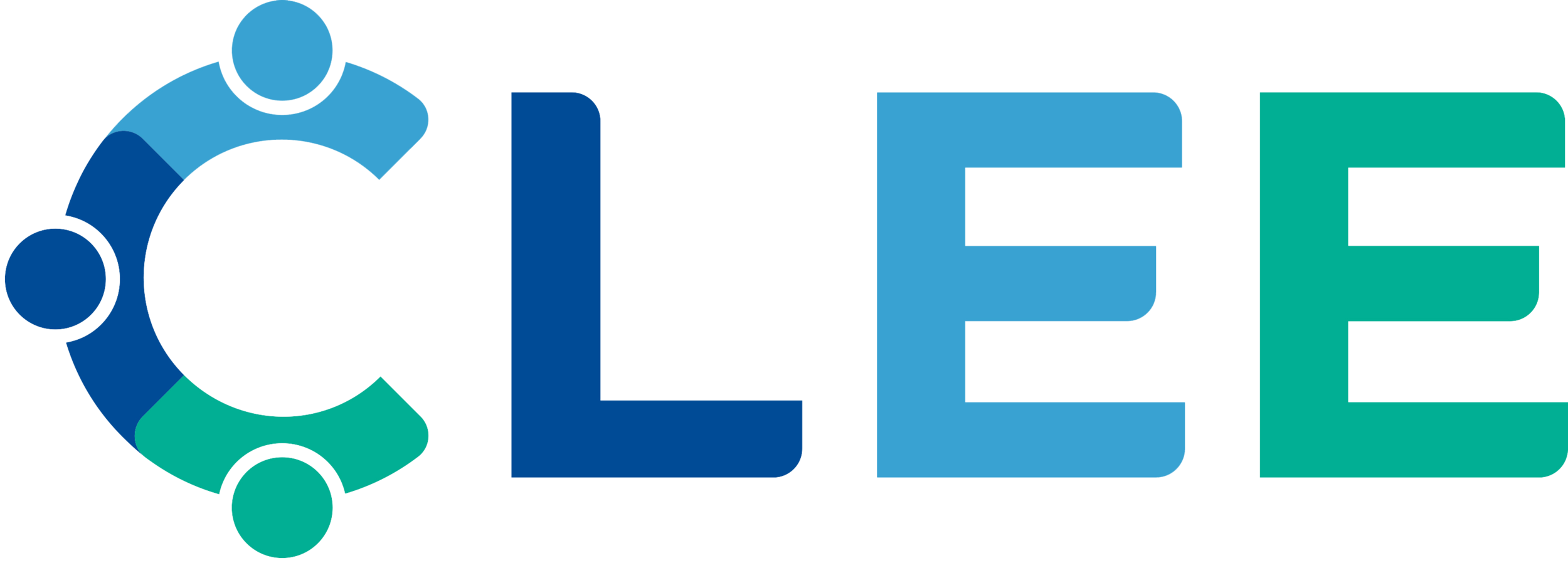The CLEE Core Leadership Practices
The Practices
Building Capacity to Lead for Everyone in Your Learning Community
Reorganizing Systems to Accelerate Equity In Your Learning Community
How Were the Core Practices Developed?
The core practices were developed by CLEE Research from Rhode Island schools and supporting research:
CLEE Research in Rhode Island Schools
Braun, Billups, Gable, Mullen, and LaCroix's Improving Equitable Outcomes found that the more leaders and educators implement the Core Leadership Practices, the greater the outcome for students, especially those who have been underserved.
Braun, Billups, and Gable’s, Closing Intraschool Achievement Gaps to Braun, Billups, and Gable's Leadership Practices to Increase Equity
Braun, Gable and Kite’s, Situated in a Community of Practice breaks “Building Capacity” into subcategories of Building Capacity to (a) Teach, (b) Collaborate, and (c) Lead.
Supporting research
Bottoms, G., & O’Neill, K. (2001). Preparing a new breed of principals: It’s time for action.
Elmore, R. (2006). Leadership as the practice of improvement
DuFour, R., Eaker, R., & DuFour, R. (2005). On common ground: The power of professional learning communities.
Fink, E., & Resnick, L. B. (2001). Developing principals as instructional leaders. Phi Delta Kappan83(8), 578-606.
Grissom, J.A., Egalite, A.J. & Lindsay, C.A. (2021). How principals affect students and schools: A Systematic synthesis of two decades of research. The Wallace Foundation.
Hallinger, P., & Heck, R. H. (2002). What do you call people with visions? The role of vision, mission and goals in school leadership and improvement. In K. Leithwood & P. Hallinger (eds.). Second international handbook of educational leadership and administration (pp. 9-40). Dordrecht, UK: Kluwer Academic Publishers.
Lambert, L. (2005). Leadership for lasting reform. Educational Leadership 62(5), 62-65.
Leithwood, Seashore Louis, Anderson and Wahlstrom. (2004). How Leadership Influences Student Learning
Leithwood, Harris, and Strauss. (2010). Leading School Turnaround
Marks, H. M., & Printy, S. M. (2003). Principal leadership and school performance: An integration of transformational and instructional leadership. Educational Administration Quarterly 39(3), 370-397.
Murphy, J. (2002). Reculturing the profession of educational leadership: New blueprints. Educational Administration Quarterly, 38(2), 176-191.
Radd, S.I., Generett, G.G., Gooden, M.A., & Theoharris, G. (2021). Five practices for equity-focused school leadership. ASCD.
Theoharris, G. (2009). The School Leaders Our Children Deserve: Seven Keys to Equity, Social Justice, and School Reform
Waters, J. T., Marzano, R. J., & McNulty, B. A. (2003). Balanced leadership: What 30 years of research tells us about the effect of leadership on student achievement.
How are the practices assessed?
CLEE developed and uses a Learning Community Survey with schools to help them diagnose their current reality and next steps toward further enacting the core leadership practices.
